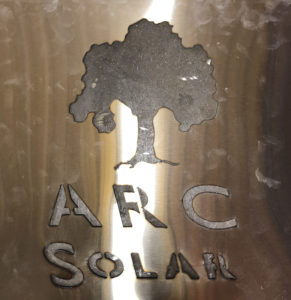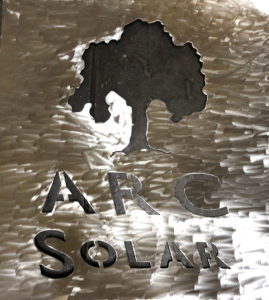
On March 2, 2018, middle school and high school students from Heritage Peak: Pacific Charter Schools visited the ARC campus to view the demonstration of drone flying put on by the drone-flying interns of the Design Hub: Sean, Jason, Shane, and Allan. Jason demonstrates the flying of the drones using remote controls, while Sean presents the technique of using hand gestures to direct the drone on where to fly. The basic ground rules for the drone flying demonstration in the gym was for all people in the gym who are not currently involved in the drone flying to stay behind the blue line, except for the individuals who are either showing the students how to fly the drones, or the students actually participating in flying the drone. Angelique, one of the Design Hub’s photography interns, had the opportunity to fly the drone. “Jason showed me how to guide the remote control to direct the drone to wherever I wanted it to go. It was like a real life video game!” She tells us afterwards.
Angelique is the Design Hub intern behind capturing the photos of these drones, and is our eyes and ears for fantastic events like these. She is one of the several very talented photographers we have on our team, and is an integral part in bringing the Design Hub stories to life. She takes our articles to a whole other level, because without pictures these pieces would be all bark and no bite. Here is a quick thank-you to her!
This event Angelique covered was made possible by the CTE department reaching out to the drone flying interns of the Design Hub through Randy Schuster, who put this event together. This event was put in place to encourage more students to discover all the different educational opportunities that ARC has to offer. There will be further development and a build of programs, especially in the photography and agriculture departments. The drones will be flown on campus in certain areas. For this event, it was held in the gym and on the neighboring field. Due to restricted airspace, there are regulations for how far the drones can be flown in the air. They are in the process of setting up another drone flying event on a specific day during the month of April, and are working on getting certain days set up to fly the drones during the semester.

Flying these drones isn’t the only thing our Design Hub interns get to do, either. We actually make them by hand here in the Hub’s maker space! Every piece is designed on the computer by our modeling interns, and sent to be 3D-printed in our 3D printing lab. From there, the pieces are assembled by hand, and the tech needed to fly the drone is inserted into the drone body. Then, voila- we have a drone that is ready to fly! No drone kits required. Here at the Design Hub, our students really take pride in their work, and are happy to share with others and inspire younger students like the ones at Heritage Peak. If we left at least one inspired student from this visit, we consider that a win, and we hope to see that inspiration someday flourish into something great.
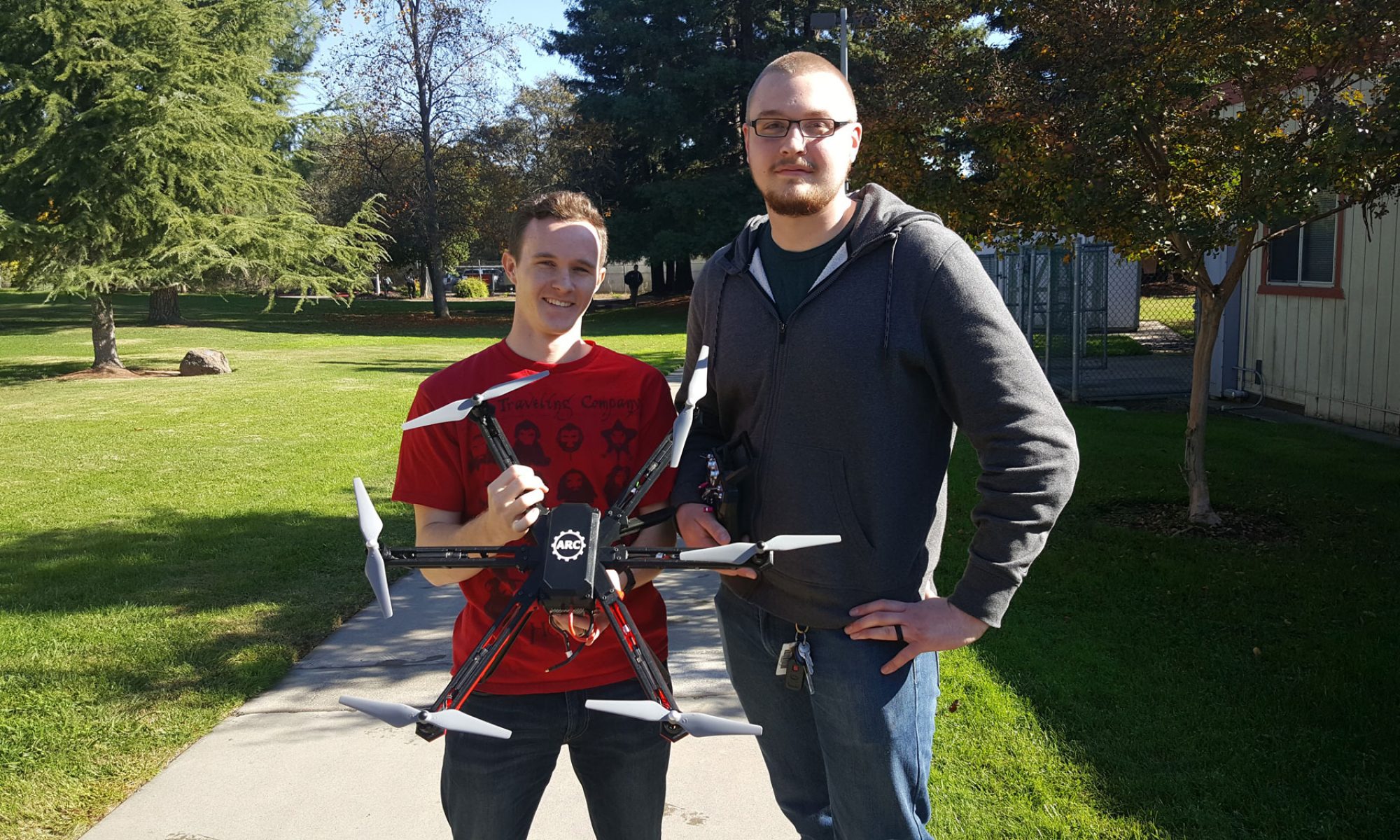

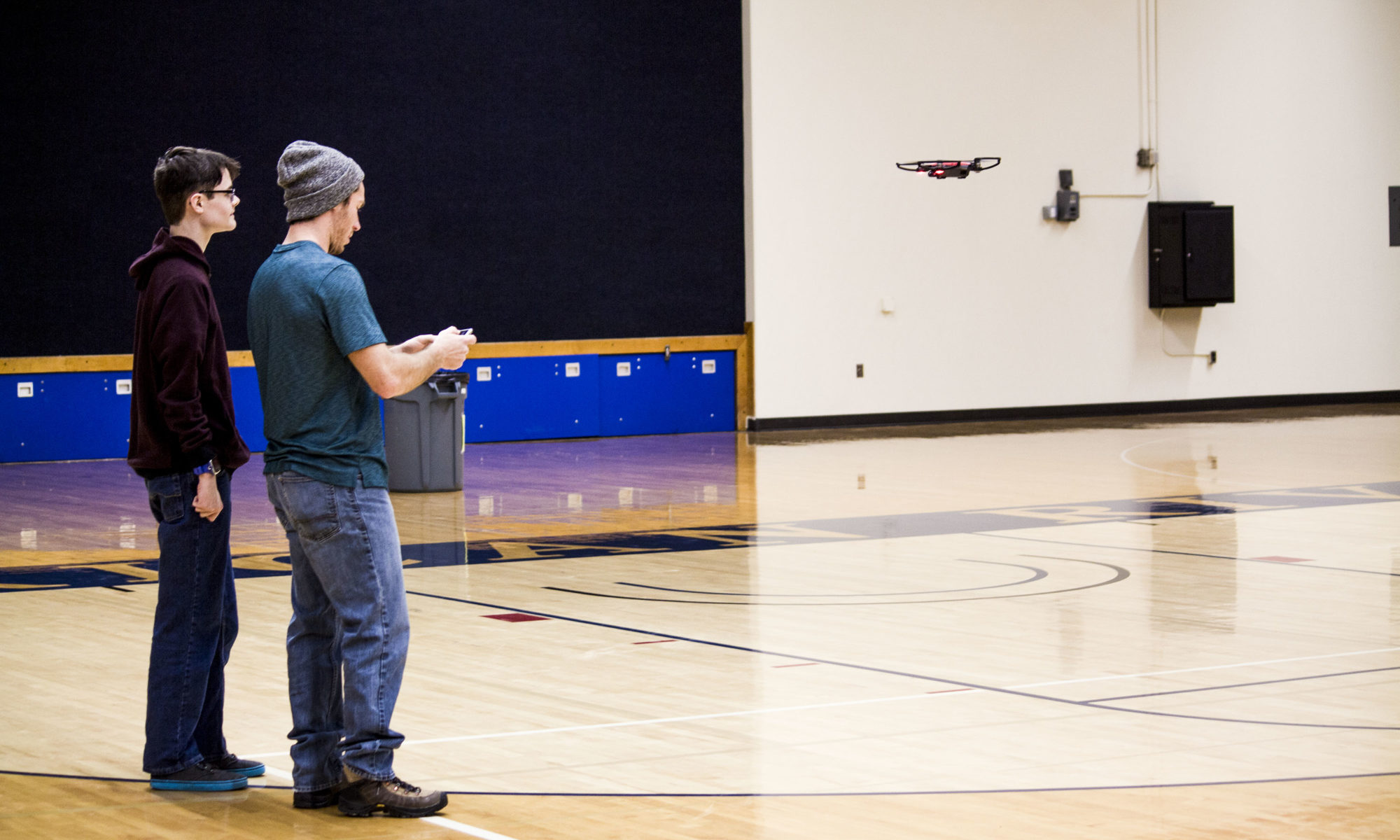

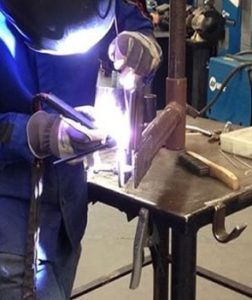 Design Hub student Shayn found inspiration in his teacher’s words: “You just gotta do it!” Quoted from none other than the welding professor here at ARC, Chris Messier. “When he’s not teaching his students all he knows, he’s creating vacuum chambers with gloved hands and sheet metal. He is pictured giving an example of the TIG- or GTAW- welding process, something that is proven to be a pretty tricky task. Shayn tells us that he is taking his fabrication and blueprints reading class in the welding department at ARC. As Shayn explains this process, he gives us a piece of welding slang: “stacking dimes”, which is the process of getting the weld to look like dimes that have been melted on top of each other. “It’s actually the sign of a job well done,” Says Shayn. Seeing students inspired by their professors is always a great thing to see. Teachers leave not only an impression on the students, but on the campus community of makers, including those here at the Design Hub. Thank you Chris Messier for all that you do, and thanks to Shayn for sharing! More of Professor Messier’s work can be found on his instagram page: @mez_welds
Design Hub student Shayn found inspiration in his teacher’s words: “You just gotta do it!” Quoted from none other than the welding professor here at ARC, Chris Messier. “When he’s not teaching his students all he knows, he’s creating vacuum chambers with gloved hands and sheet metal. He is pictured giving an example of the TIG- or GTAW- welding process, something that is proven to be a pretty tricky task. Shayn tells us that he is taking his fabrication and blueprints reading class in the welding department at ARC. As Shayn explains this process, he gives us a piece of welding slang: “stacking dimes”, which is the process of getting the weld to look like dimes that have been melted on top of each other. “It’s actually the sign of a job well done,” Says Shayn. Seeing students inspired by their professors is always a great thing to see. Teachers leave not only an impression on the students, but on the campus community of makers, including those here at the Design Hub. Thank you Chris Messier for all that you do, and thanks to Shayn for sharing! More of Professor Messier’s work can be found on his instagram page: @mez_welds

 We took a closer look into the process of making these signs. Needless to say, there are a lot of steps and close attention to detail that is involved. First, our intern Allen has to align the Plasma Cutter with the sheet of metal through coordinates on the computer. After aligning the Cutter, a font must be picked and placed within the coordinates to determine where they will be cut on the metal.
We took a closer look into the process of making these signs. Needless to say, there are a lot of steps and close attention to detail that is involved. First, our intern Allen has to align the Plasma Cutter with the sheet of metal through coordinates on the computer. After aligning the Cutter, a font must be picked and placed within the coordinates to determine where they will be cut on the metal. 
